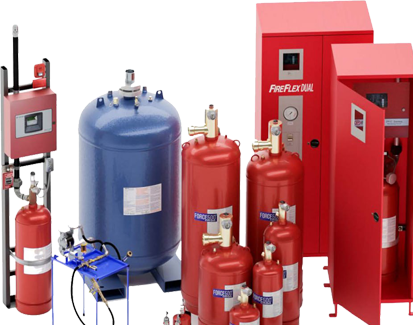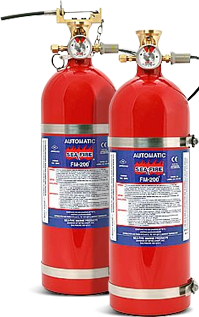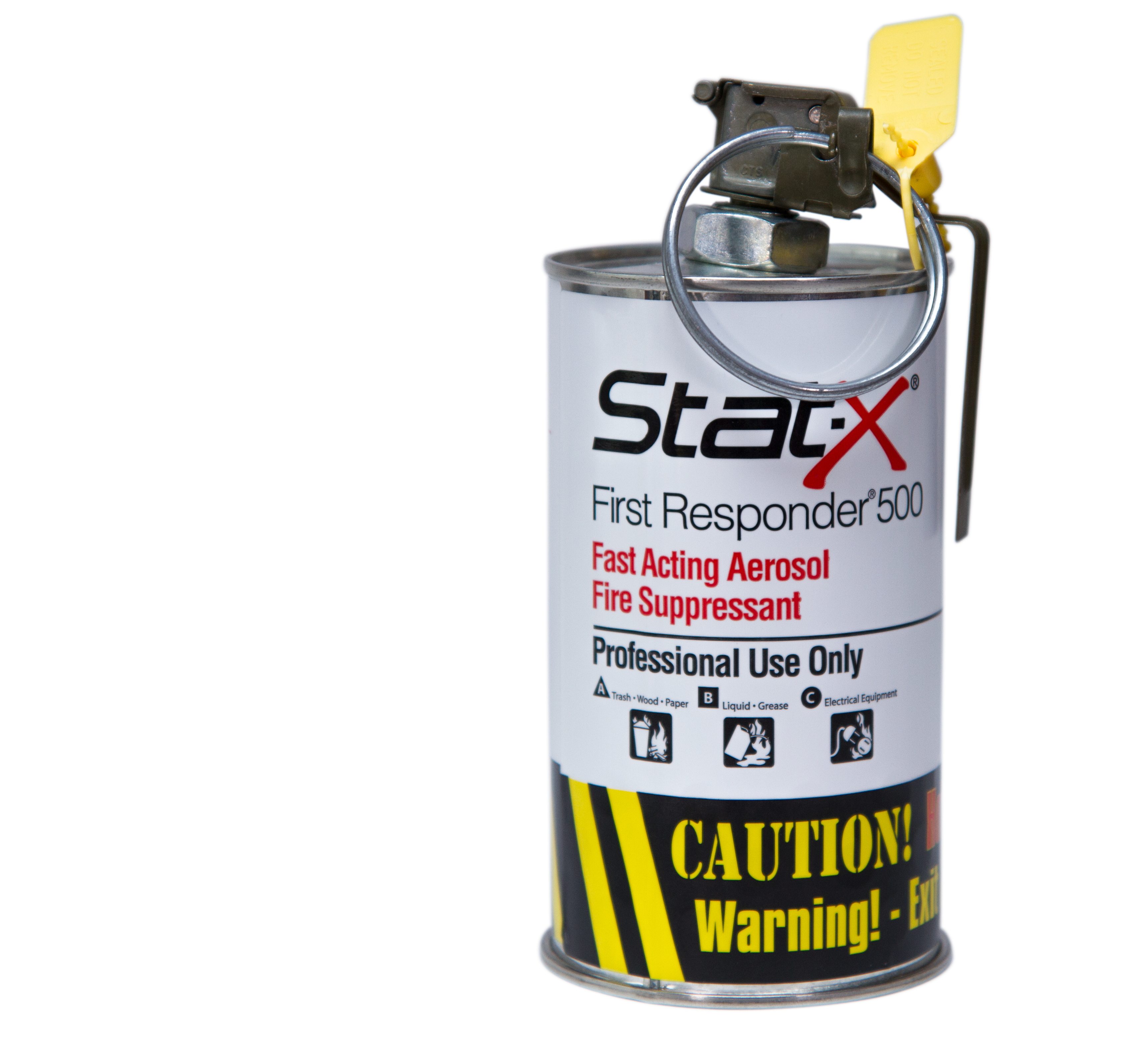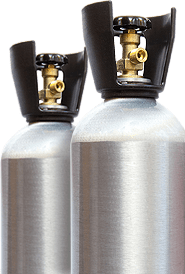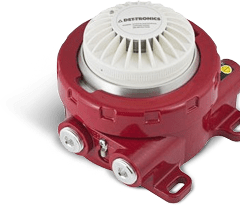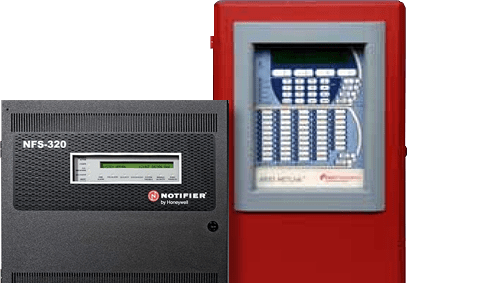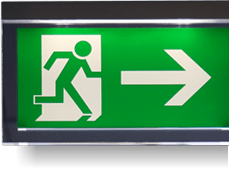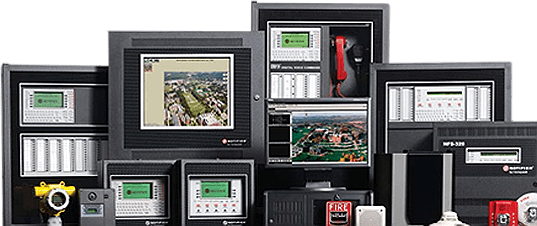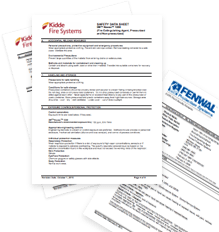A Guide to Fire Suppression System Inspection
Regular fire suppression system inspections are crucial for maintaining safety, compliance, and operational efficiency. Routine checks ensure that your system is fully functional, minimizing fire risks and protecting lives, assets, and business continuity.
Key Takeaways
- Compliance is Essential – Regular inspections align with NFPA standards and local fire codes to avoid penalties.
- Routine Testing Prevents Failures – Checking nozzles, pressure levels, alarms, and release mechanisms ensures reliability.
- Trained Professionals are Required – Certified inspectors can detect issues and perform necessary maintenance.
- Documentation Matters – Keeping inspection records helps with audits and ensures compliance.
- System Upgrades May Be Needed – Aging systems may require component replacements or modern enhancements for optimal performance.
Performing regular maintenance, testing, and fire sprinkler inspections on your fire suppression system is crucial when it comes to fire safety and security.
What's the proper way to inspect a fire suppression system?
There are two types of required fire system inspections: professional inspections and owner inspections. The NFPA 25 specifies that your annual fire suppression inspection must be carried out by a trained and certified technician; owner's inspections, on the other hand, are all on you.
Explore further
It's important to create an easy-to-follow fire sprinkler inspection protocol and train your personnel to carry out thorough checkups. Keep a record of inspections that includes the date, initials of the person doing your weekly or monthly inspections, and the results of each inspection. Records must be retained until at least the next annual maintenance.
What items have to be inspected and tested?
It's important to regularly inspect all parts of your system, including alarms, control valves, piping, detection tubing, triggers, and sprinkler heads. You need to make sure that the extinguishing system is in its correct location and that the area or equipment it covers hasn't been changed or moved. Manual actuators need to be free from obstructions and in good working order. Tamper indicators and seals must be intact and maintenance tags or certificates have to be correctly attached.
Question: How often should a fire suppression system be inspected?
Answer: A fire suppression system should be inspected at least once a year by certified professionals, with monthly and quarterly self-checks to ensure nozzles, alarms, and pressure levels are in proper working order.
How often does my fire suppression system have to be inspected?
It's the building owner's legal responsibility to make sure fire suppression systems are intact and working correctly in accordance with the manufacturer's recommendations. For convenience, it's a good idea to keep inspection sheets and a copy of your owner's manual in a three-ring binder, as it streamlines the inspection process and automatically organizes your records.
- Weekly: For dry, pre-action, and deluge systems, each week, check that your gauges are in the operable range for your system. Make sure there's no visible physical damage and look for signs of wear, corrosion, pitting, or missing components.
- Monthly: Wet pipe system gauges only need to be inspected on a monthly basis. Do a monthly walkthrough to identify physical damage or conditions that might prevent your system from working. Look for potential problems, such as obstructions or equipment that's been modified or moved away from protected areas. Make sure the extinguishing system is in its proper location and that tamper indicators and seals are intact. The maintenance tag or certificate must also be properly affixed. Finally, check that pressure gauges are within the operable range and that any nozzle blowoff caps are intact and undamaged.
- Quarterly: Every three months, inspect the operation of water flow alarm devices, valve supervisory alarms, and supervisory signal devices. Make sure hydraulic nameplates aren't missing, damaged, or illegible.
- Annually: Professional inspections by certified technicians should be carried out on an annual basis to ensure that detection systems work, signals are received and processed correctly, and releasing devices function. This is also the time to take a good look at your system's support hangers and seismic bracing. Make sure no fasteners are missing and that nothing is broken or needs replacing. Look for damage and signs of wear to pipes and fittings. All signage needs to be in place, intact, and undamaged.
How often does my fire suppression system have to be tested?
- Quarterly: Test mechanical fire sprinkler devices every three months.
- Semiannually: Every six months, have your vane (flow) and pressure switches tested.
- Annually: Each year, a certified professional will do a thorough test of your fire suppression system. They'll carry out water flow tests, alarm tests , fire pump tests, and where applicable, check the antifreeze concentration. They'll also perform trip tests of deluge, dry pipe, and pre-action valves.
- Every 5 years: Have a professional carry out an internal test of your sprinkler piping for wet systems.
- After any system activation: Whenever your system is activated, you should have it tested and put back into service by a trained and certified professional.
How do I get ready for an inspection?
Documentation and preparation are key: make sure you have your maintenance, inspection, and fire sprinkler system testing records well-organized and ready to present to your technician. Before your fire suppression system inspection, remove any obstacles that would prevent the service company from accessing your system, and have someone familiar with the system on hand to guide the technician around your facility.
What happens if I don't receive regular inspections and testing?
People also search
Aside from increasing your legal exposure in the event of a fire, faailing to receive regular inspections and testing of your system is setting yourself up for possible property damage and injury. Neglected fire suppression systems come with a host of negative outcomes - detection tubing that's obstructed or covered with debris will take longer to activate the system, giving the fire more time to gain a foothold, weak areas or cracks in your system can cause it to activate even if there is no fire present, and in a direct release system, chafed areas and damaged sections of tubing can lead to the tubing bursting in an area far from the fire. With indirect release systems, the extinguishing agent could fail to discharge from the diffuser nozzle and instead vent improperly from a hole in the detection tubing or discharge hose.
The amount of time and money it takes to keep your system in working order is a small price to pay for the protection afforded by effective fire suppression.
Control Fire Systems is Toronto's leading fire suppression system inspection and maintenance provider. Their licensed and trained technicians draw on a wealth of experience that goes back to 1975. Protect your building investment today with regular fire suppression system inspections and testing from certified Control Fire Systems specialists.
When it comes to ensuring the safety and reliability of your fire suppression systems, a thorough inspection is paramount, and Control Fire Systems is your trusted partner, offering a range of Kidde fire systems for comprehensive fire protection solutions.





